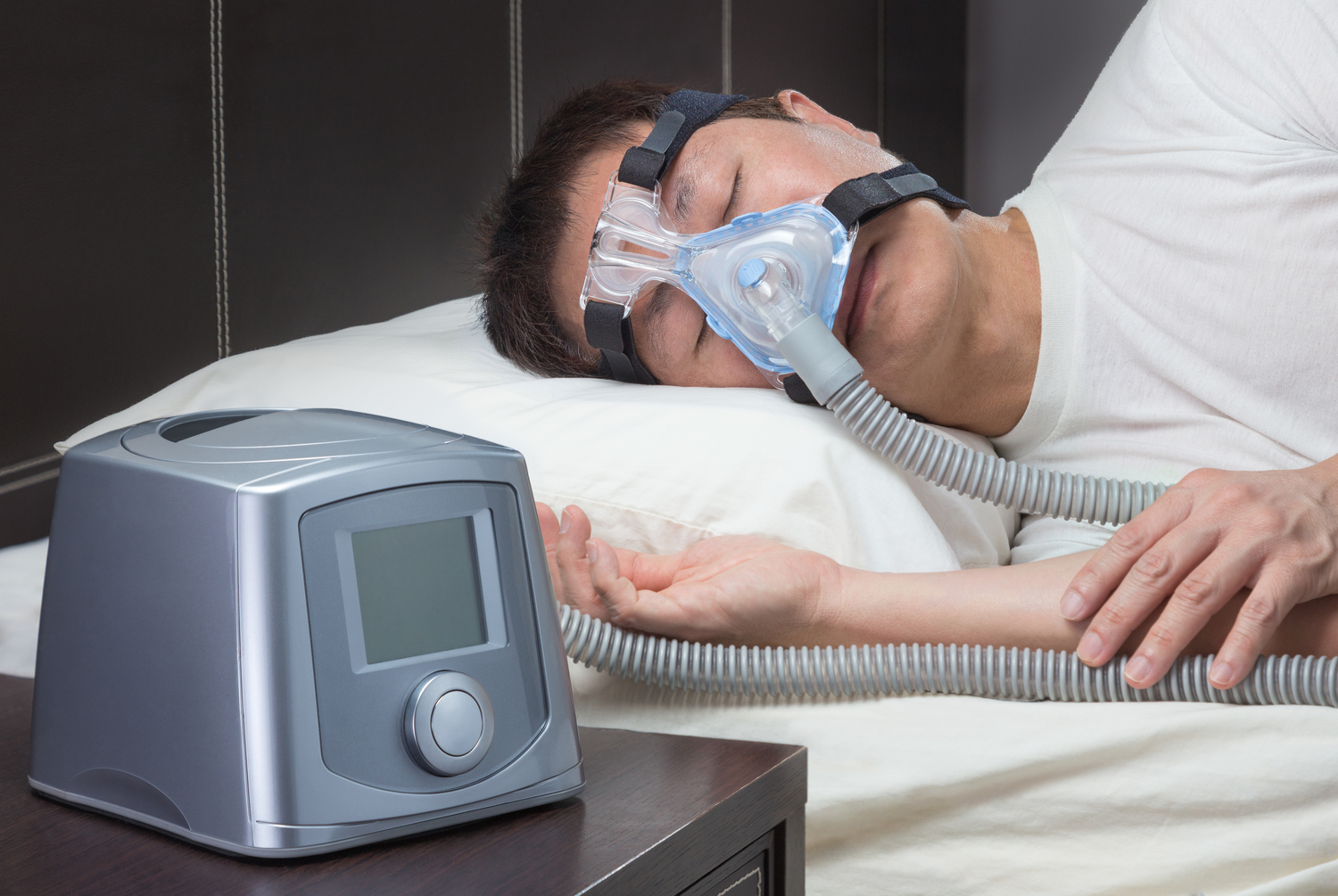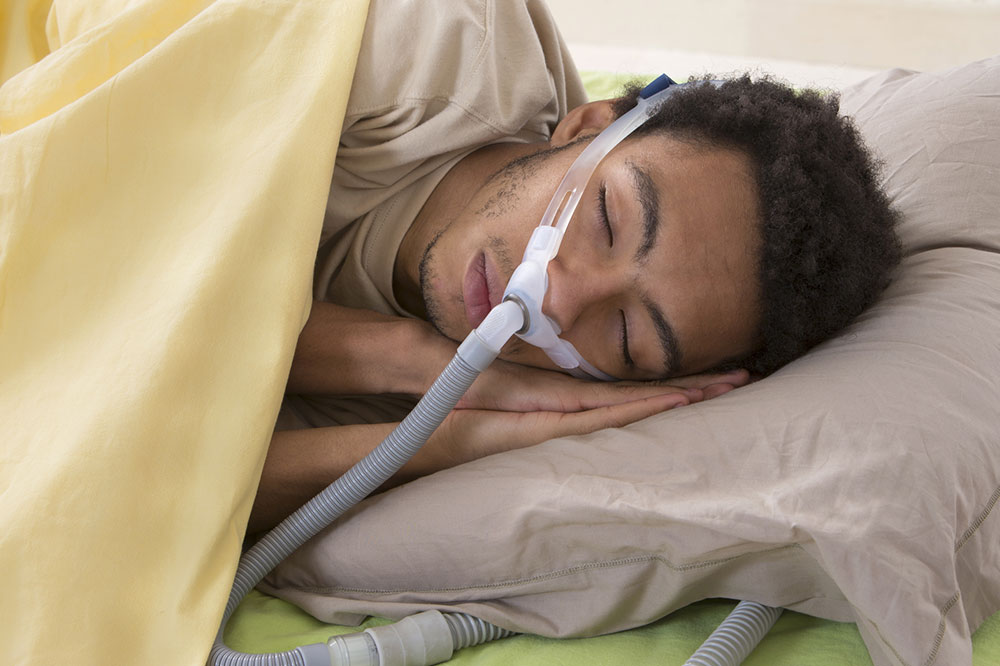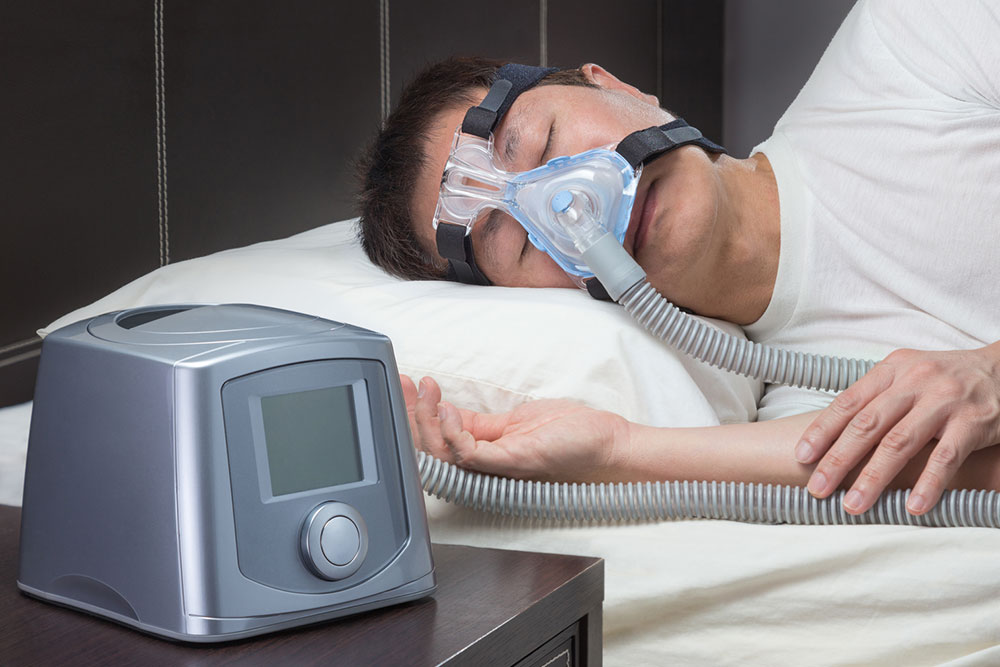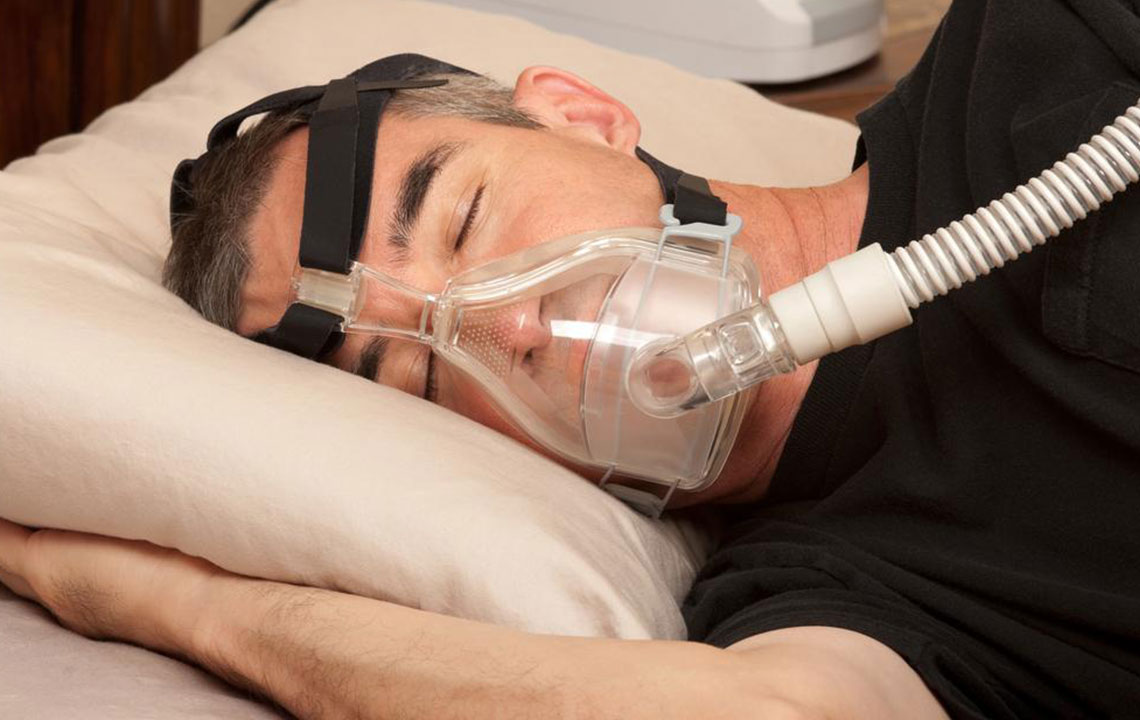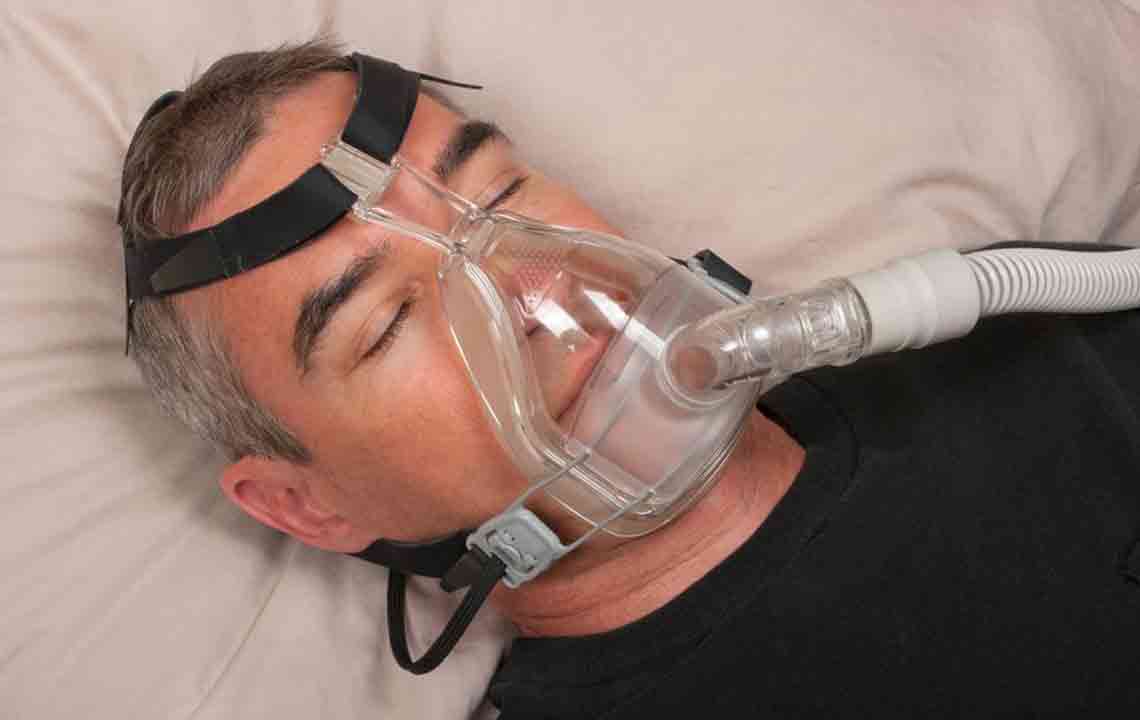Comprehensive Guide to Recognizing Sleep Apnea and Its Symptoms
Sleep apnea is a common but serious sleep disorder characterized by breathing interruptions during sleep, leading to symptoms such as loud snoring, daytime drowsiness, and dry mouth. Early recognition of these signs can lead to timely diagnosis and effective treatment, reducing risks of complications like hypertension and heart disease. This comprehensive guide highlights key symptoms and management strategies to improve sleep quality and overall health.
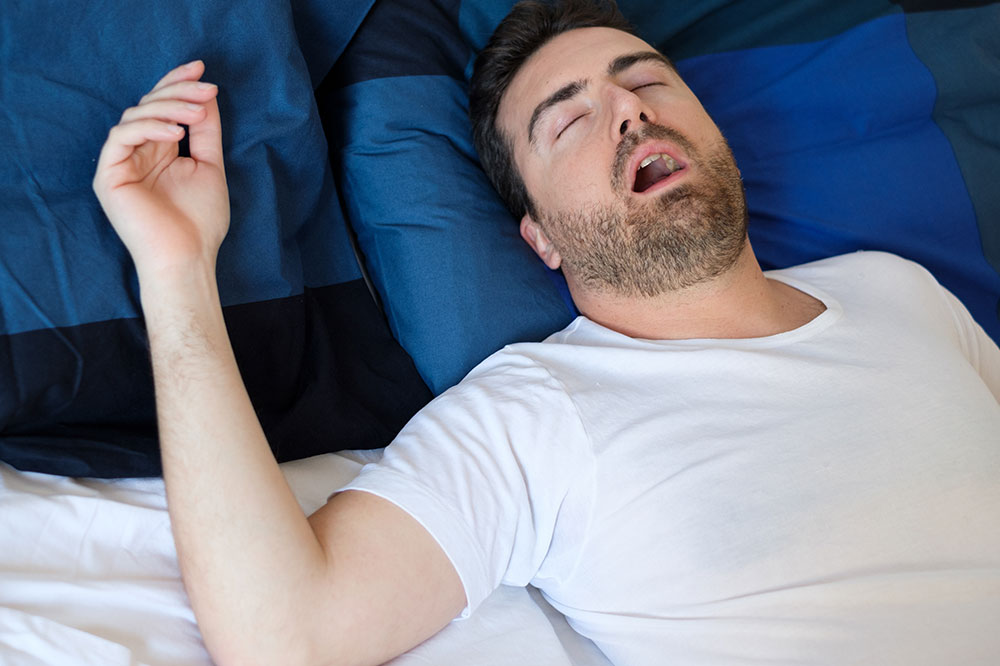
Sleep apnea is a prevalent and potentially serious sleep disorder that affects millions of individuals worldwide. It occurs when a person's airway becomes partially or completely blocked during sleep, leading to pauses in breathing that can last from a few seconds to over a minute. These breathing interruptions not only disturb restful sleep but can also result in a cascade of health issues if left untreated. Understanding the key symptoms associated with sleep apnea is vital for early detection, diagnosis, and intervention, which can significantly improve a person's overall health and quality of life.
One of the hallmark signs of sleep apnea is loud, persistent snoring. The snoring results from the airway obstruction and often serves as a red flag for sleep-disordered breathing. Not everyone who snores has sleep apnea, but loud or habitual snoring accompanied by other symptoms should prompt further medical evaluation. Individuals with sleep apnea frequently experience excessive daytime sleepiness, which impacts their alertness, productivity, and safety—making activities like driving dangerous due to drowsiness-related impairments.
Another common symptom is fatigue and daytime drowsiness, which stems from fragmented sleep caused by repeated breathing pauses during the night. These interruptions prevent restorative sleep and can lead to difficulty concentrating, memory problems, and mood swings. Sleep partners often notice episodes of gasping or choking during sleep, signaling episodes of apnea that disturb the sleeper’s breathing.
Besides these primary indicators, certain physical signs and lifestyle factors may also suggest the presence of sleep apnea. Mouth breathing during sleep can cause dryness of the mouth and throat, and some individuals wake up with a sore or dry mouth. Obese individuals or those with excess neck fat are at a higher risk because these factors can contribute to airway narrowing. Additionally, sleep apnea can be linked to hypertension and cardiovascular issues, leading to elevated blood pressure and increased risk of heart disease if the disorder remains untreated.
Mood disturbances are also frequently observed in individuals with sleep apnea. These include irritability, depression, and anxiety, which result from the chronic fatigue and poor sleep quality. Recognizing these symptoms early can prevent the progression of the disorder and the development of comorbid conditions.
Getting diagnosed typically involves a sleep study, which monitors various physiological parameters during sleep, including breathing patterns, oxygen saturation, and sleep stages. Once diagnosed, treatment options may include lifestyle modifications such as weight loss, positional therapy, and avoiding alcohol or sedatives that worsen the condition. Continuous Positive Airway Pressure (CPAP) therapy remains the most effective treatment, using a machine to keep the airway open during sleep. Other interventions include oral appliances and, in severe cases, surgery.
Awareness and early intervention are key to managing sleep apnea effectively. If you or your loved ones exhibit symptoms such as loud snoring, excessive daytime sleepiness, dry mouth upon waking, or mood changes, consulting a healthcare professional is essential. Proper diagnosis and treatment can reduce risks of associated health problems like hypertension and heart disease, while significantly enhancing overall well-being and daily functioning.
Regular screening and adopting healthy sleep habits can help manage or prevent sleep apnea. Incorporate sleep hygiene practices like maintaining a consistent sleep schedule, limiting screen time before bed, and creating a restful sleeping environment. Recognizing the warning signs early and seeking appropriate medical care can make a profound difference in living a healthier, more energized life.